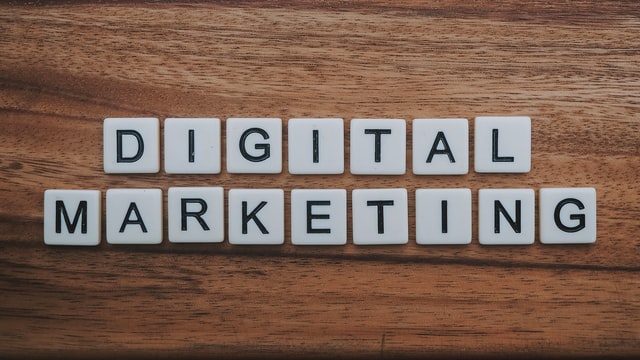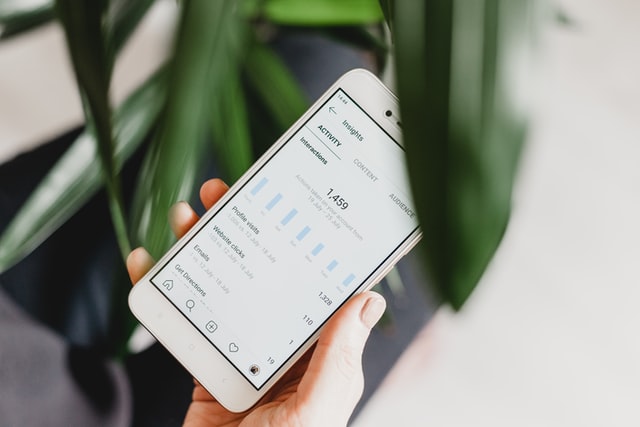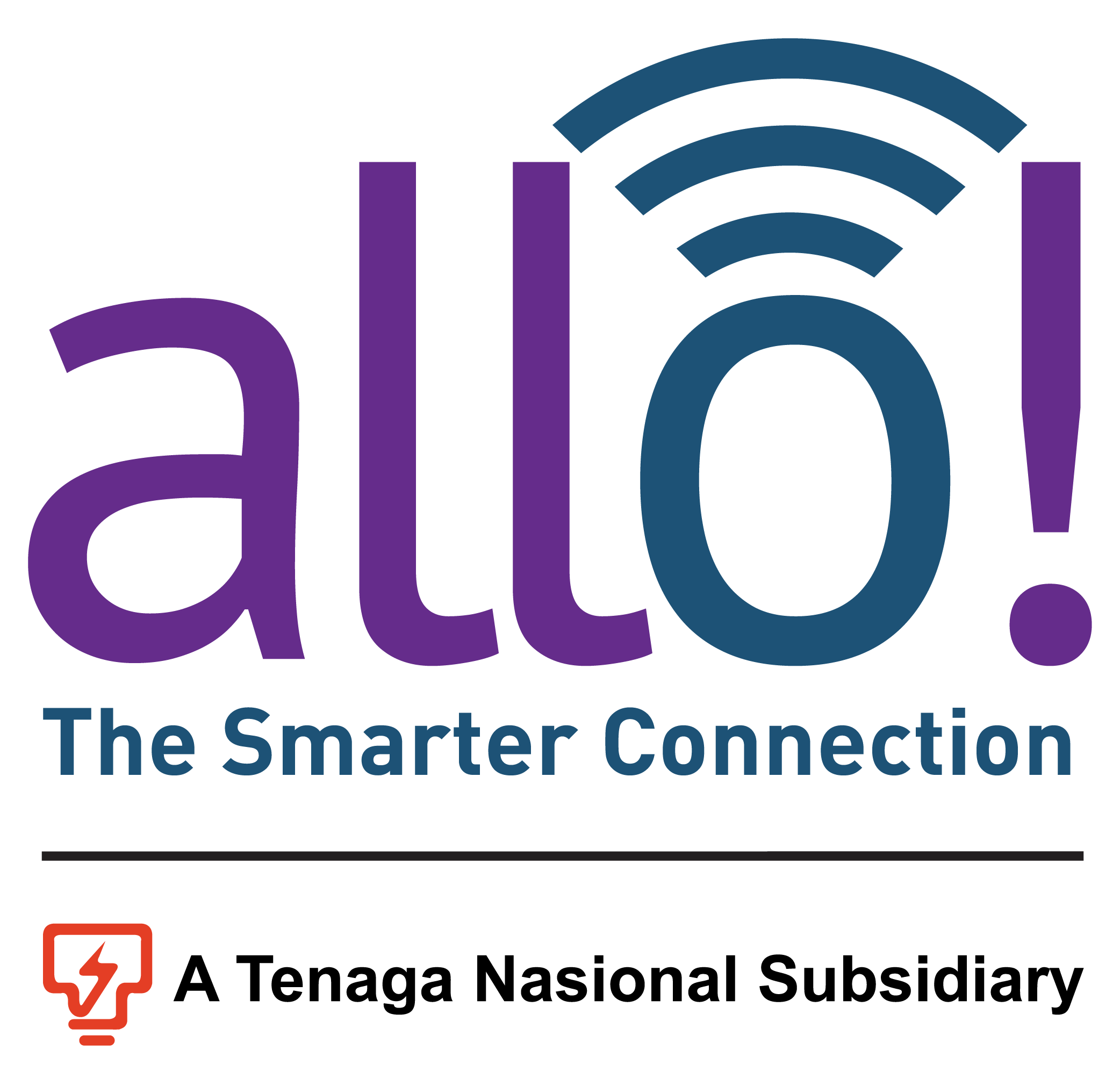BLOG
Branding for Consumers Explained

The digital era has altered branding in many ways. According to We Are Social x Hootsuite, 2020, over 26 million people are online in Malaysia, with 81% actively using social media.
Therefore, firms have to employ digital marketing to be effective in sharing their stories with customers and building their brands.
Branding is crucial because it leaves a lasting impression on customers and allows them to know what to expect from your firm. Your brand should be an accurate picture of who you are as a company and how you want to be perceived.
To grasp how consumer branding has evolved‌, you must first understand how digital tactics have taken over and how firms spend more on digital marketing than conventional methods.
How the Internet Has Disrupted Traditional Marketing Tactics
The internet has drastically upended traditional marketing strategies such as print media, radio, and television by:
- Making it possible for consumers to talk directly with the brands they use every day. This way, no more intermediaries control what information about your brand reaches the public.
- Allowing brands to create more interactive, information-based and versatile content. The content you share must be people-centric, with you serving as a trustworthy resource where customers can verify facts.
- Enabling brands to pay attention to their customers’ expectations and incorporate them into their brand strategy. This way, companies are sure of generating organic interest in their product or service.
- Using a website to create a positive impression of your brand. A potential customer’s first experience with your brand often happens on your website.
- Using dynamic branding, companies find a balance between brand homogeneity and evolution. It allows trademarks and logos to vary and adapt, leaving a more lasting impact on the audience, such as the changing logo on Google’s home page.

Reasons Behind the Shift from Traditional to Digital Marketing
If your brand isn’t heavily focused on digital marketing to reach more users, you’re losing ground to the competition. Here are a few reasons why this dynamic movement from traditional to digital marketing occurred and cannot be ignored.
- It is where consumers spend most of their time. According to 2020 statistics, 66 billion people, 78% of internet users researched online before purchasing, and 61% of Malaysians shopped online.
- It’s less expensive than other forms of advertising. CPMs (cost per every thousandth ad impression) for digital advertising are lower than traditional methods. CPMs for national broadcasts might reach RM128, while in 2022, the average CPM for Google display is 28.
- It yields a higher ROI. This year alone, firms have reported ROI on email marketing of 4,200% and ROI on Google Ads of 200%.
Ways Brands Are Leveraging Digital Platforms to Reach Consumers
Here are the most prevalent digital marketing strategies.
Geo-fencing
It enables you to naturally target customers based on their location and direct them to your business.
Geo-fencing creates three times the amount of foot traffic and results in a 27% boost in revenue. Targeting consumers based on their location, interests, and engaging them pushes them along the path to purchase, making geo-fencing valuable for marketers.
Marketers use geo-fencing to construct a virtual fence around their interest point to attract customers who live or are interested in services or products from that specific location.
Search Engine Optimisation (SEO)
SEO is the process of optimising your websites, blogs, and infographics so that they rank higher in search engine results pages, boosting the quantity of organic traffic to your website.
- On-page SEO focuses on the content ‘on a page’ when analysing a website. When you answer readers’ queries and rank better on search engine results pages (SERPs) by analysing keywords for their search volume and intent (or meaning).
- Off-page SEO focuses on activity rather than changes to your website that may affect your ranking. This includes inbound links (backlinks)—the number of publishers who connect to you and their relative “authority,” influence how highly you rank for the keywords you care about.
- Technical SEO focuses on the backend of your website and how your pages are coded, such as image compression and CSS file optimisation. These can improve your website’s loading time, which is a key ranking factor in search engines like Google.
Social Media Marketing
Since 92% of Malaysians use social media, promoting your brand on social media channels might increase brand awareness, drive traffic, and generate leads for your business.
The channels you can use in social media marketing include:
- Snapchat
As a brand, you may leverage social media by partnering with an influencer or even participating in a trend resonating with a huge audience to create a viral campaign. This increases foot traffic, which could lead to purchases, by creating something shareable in the hopes that it will trend.
Pay Per Click (PPC)
PPC is a website traffic-increasing strategy in which you pay a website owner/publisher each time your ad is clicked. Brands can utilise PPC on social media in the following channels:
- Google Ads allows you to pay “per click” for the links you place on Google’s search engine results pages. You pay for top locations on Google’s search engine results pages as a brand.
- Paid Facebook advertising helps you customise a video, image post, or slideshow that Facebook will publish to the news feeds of people who match your company’s target audience.
- Twitter Ads campaigns allow brands to pay to have a series of posts or profile badges shown in the news feeds of a specific audience.
- LinkedIn Sponsored Messages is a service that allows marketers to pay to deliver messages directly to certain LinkedIn users based on their sector and background.
Branding for Consumers With Allo
Branding is essential for any company. It’s the most effective technique for building and maintaining trust between the company and its stakeholders.
Therefore, trust is earned and maintained by developing a realistic and attainable promise that positions the brand specifically in the market and then delivers on that promise.
However, branding may be time-consuming for most businesses, and you may require assistance in developing a durable and trustworthy brand.
Allo can help you address problems like not knowing how to design your business logo, govern your brand, which social media networks to use, or how to use digital marketing tools.
We will assist you in branding—creating a clear picture of who you are as a company and how you want to be perceived.
Contact Allo if you need help reaching out to your company’s target demographics.
